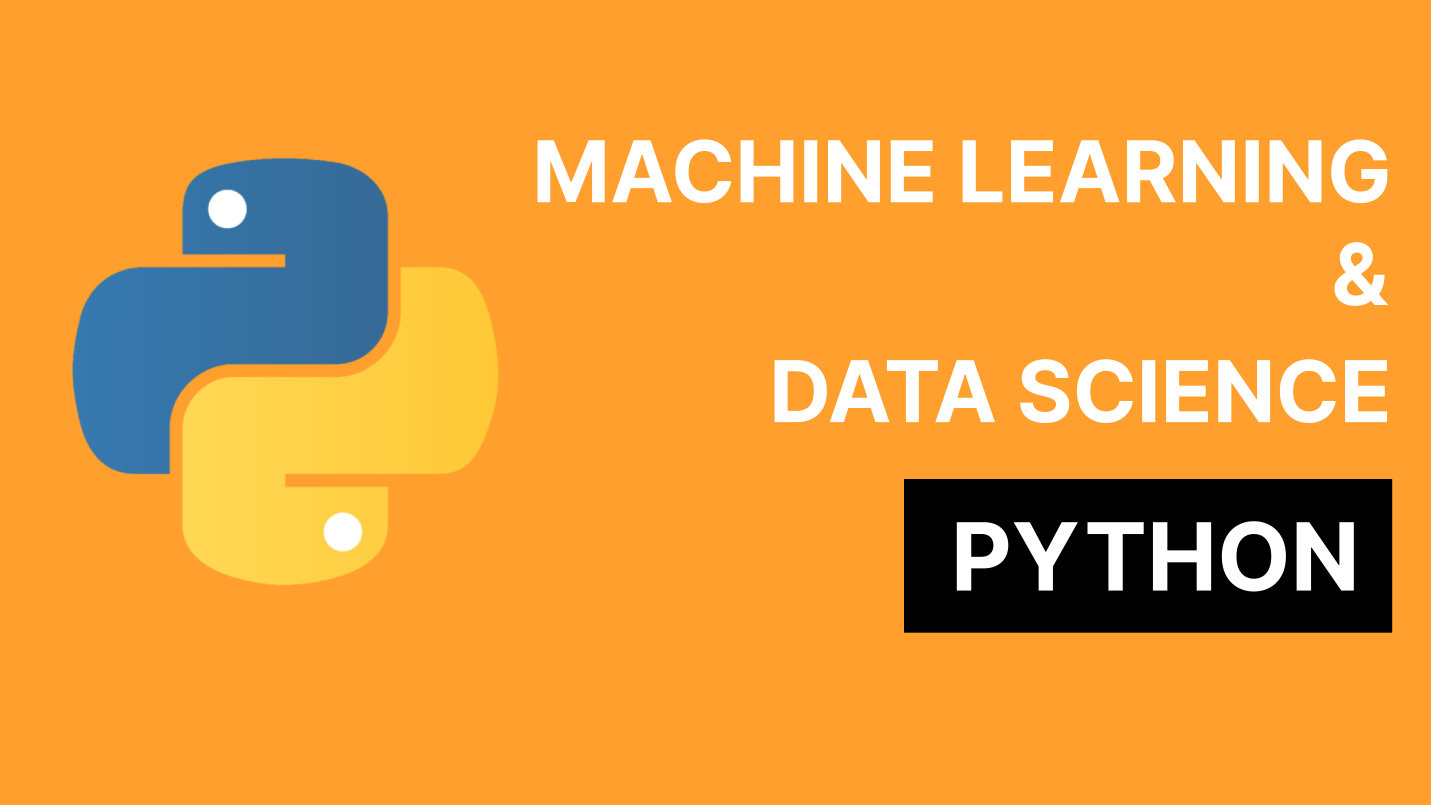Machine Learning Using Python
Course Description
Module 1: Introduction to Machine Learning & Python
- What is Machine Learning?
- Types of ML: Supervised, Unsupervised, Reinforcement Learning
- Setting Up Python for ML (Anaconda, Jupyter, Google Colab)
- Overview of ML Libraries: NumPy, Pandas, Matplotlib, Scikit-learn
Module 2: Data Preprocessing & Feature Engineering
- Data Collection & Cleaning
- Handling Missing Values & Outliers
- Feature Scaling & Normalization
- Encoding Categorical Variables
- Feature Selection & Dimensionality Reduction (PCA)
Module 3: Supervised Learning – Regression Models
- Linear Regression
- Multiple & Polynomial Regression
- Decision Tree & Random Forest Regression
- Model Evaluation (R², MAE, RMSE)
Module 4: Supervised Learning – Classification Models
- Logistic Regression
- k-Nearest Neighbors (KNN)
- Decision Tree & Random Forest Classification
- Support Vector Machine (SVM)
- Naïve Bayes Classifier
- Model Performance Metrics (Confusion Matrix, ROC-AUC)
Module 5: Unsupervised Learning
- k-Means Clustering
- Hierarchical Clustering
- Principal Component Analysis (PCA)
- Association Rule Learning (Apriori, Eclat)
Module 6: Neural Networks & Deep Learning (Intro)
- Basics of Neural Networks
- Introduction to TensorFlow & Keras
- Building a Simple ANN
Module 7: Model Optimization & Hyperparameter Tuning
- Cross-Validation Techniques
- Grid Search & Random Search
- Handling Overfitting & Underfitting
Module 8: Real-World Applications & Deployment
- NLP & Sentiment Analysis
- Image Classification with CNN
- Model Deployment with Flask/Streamlit
Module 9: Capstone Projects & Certification Prep
- End-to-End ML Project
- Resume & Interview Preparation
Course Curriculum

Krishna Kumar
Founder, AICT PVT LTD, IoT & Embedded System Academic Trainer, Data ScientistI am a web developer with a vast array of knowledge in many different front end and back end languages, responsive frameworks, databases, and best code practices










